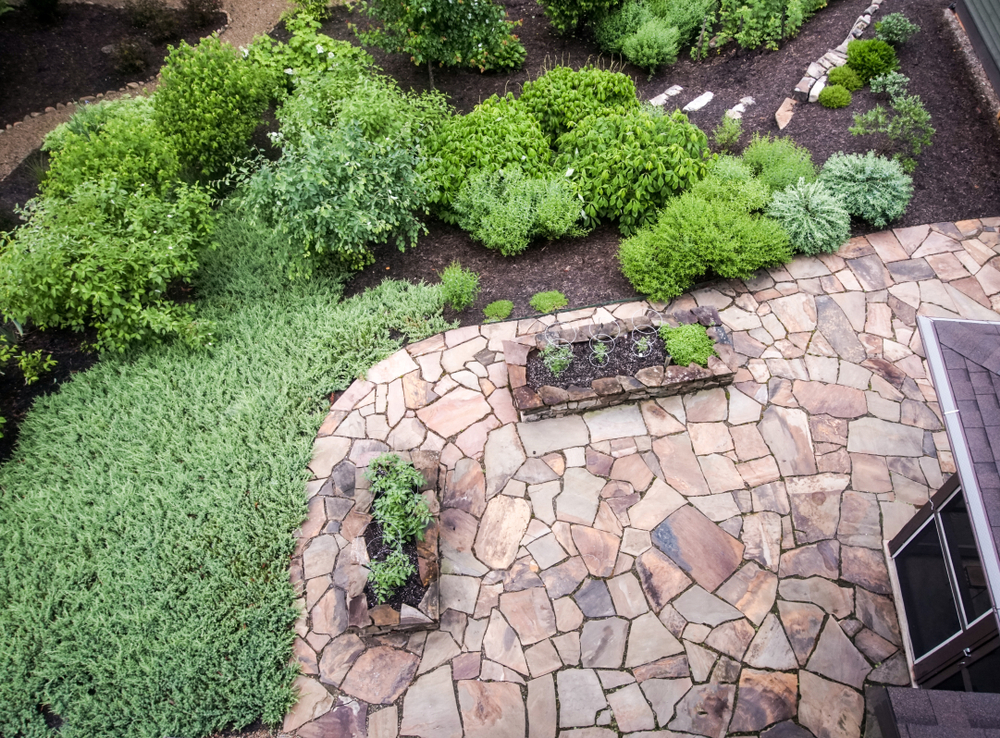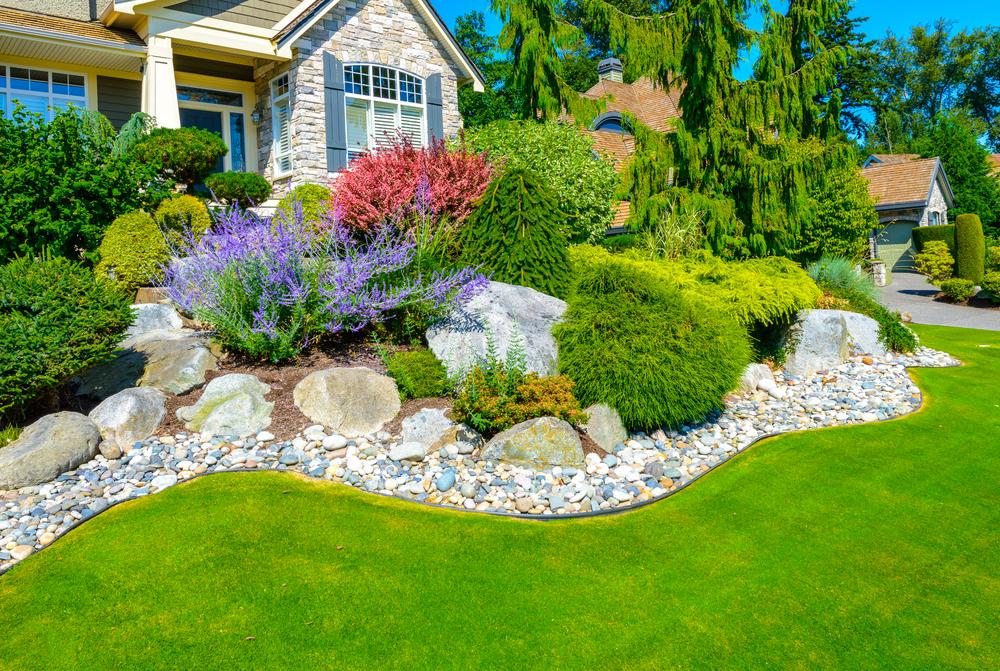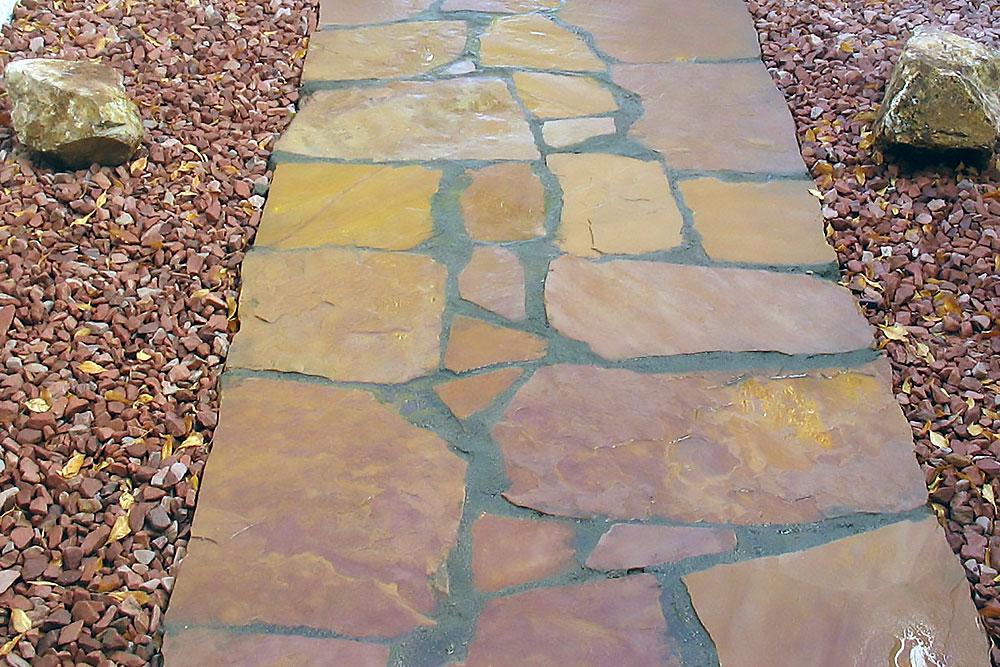Learn about what causes paving stones to start fading and how you can protect your patio so that it is able to keep its original colors.
Three Reasons Why Your Patio’s Paving Stones Are Fading
When your pavers in Las Vegas begin to fade, your patio might not look as beautiful or colorful as it did soon after it was installed. Fading is a natural process, but it can be prevented by regularly cleaning the patio and making sure that it is sealed. Consider these top three reasons why your paving stones are fading and how you can protect the pavers from further loss of color.
Sunlight
Exposure to sunlight is the primary reasons why pavers fade. The sun causes fading of any pigmented item, from fabrics and paint to the pigments in the stones. You might notice some mottling of the color of your paving stones as the years go by. This is because the pigments do not penetrate into the aggregate. As the other parts of the stone fade, the natural color of the aggregate becomes more noticeable. Sealing your patio every year can help to prevent the fading and mottling from occurring.
Wind and Air
Air pollution and particles from the wind can interact with the pigments in paving stones. This wears off the outer layer of the stones over time, causing them to fade. If you have an older patio that has had a lot of fading, you could have a paver patio service company come out and apply a wet sealant to it. This type of sealant is oil based and gives the look of wet paving stones, which helps them to have a deeper color.
Chemicals
If you tried to clean stains on your paving stones, this could be the reason for their fading. Harsh chemicals such as bleach and vinegar wash out some of the pigments. Although the pigments cannot be recovered, the pavers can be protected from further damage by sealing them. In the future, the stones can be cleaned with a gentle, biodegradable detergent with no bleaches or acids.





